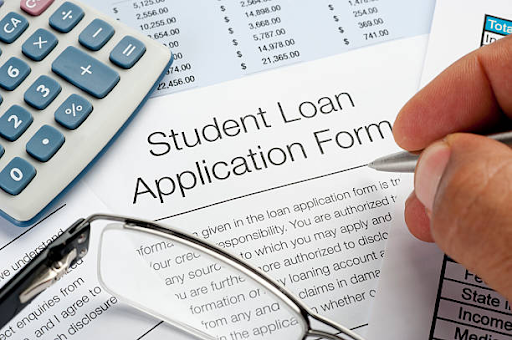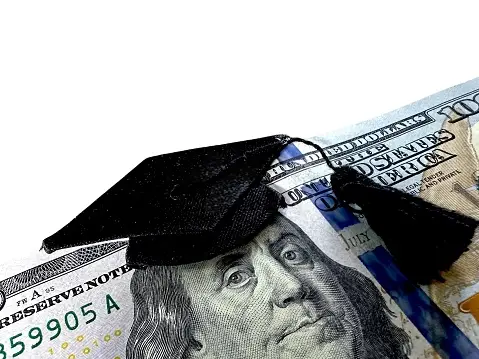STUDENT LOANS
Student loans are a form of financial aid designed to help students pay for post-secondary education expenses such as tuition, books, and living costs. There are several key points to understand about student loans:
### Types of Student Loans
1. **Federal Student Loans**: Issued by the government, typically with lower interest rates and more flexible repayment options.
- **Direct Subsidized Loans**: For undergraduate students with financial need. The government pays the interest while the student is in school and during grace periods.
- **Direct Unsubsidized Loans**: Available to undergraduate, graduate, and professional students regardless of financial need. Interest accrues while in school.
- **Direct PLUS Loans**: For graduate students or parents of dependent undergraduates. These loans require a credit check.
- **Federal Perkins Loans**: Low-interest loans for students with exceptional financial need, though this program expired in 2017.
2. **Private Student Loans**: Issued by banks, credit unions, and other private lenders. These usually have higher interest rates and fewer repayment options compared to federal loans.
### Applying for Student Loans
1. **FAFSA**: The Free Application for Federal Student Aid (FAFSA) is essential for obtaining federal student loans. It assesses your financial situation and determines eligibility for federal aid.
2. **Private Loans**: Applications for private loans are made directly to the lending institution, which will consider your credit score and other financial factors.
### Repayment Plans
1. **Standard Repayment Plan**: Fixed payments over a 10-year period.
2. **Graduated Repayment Plan**: Payments start lower and increase every two years over a 10-year period.
3. **Extended Repayment Plan**: Fixed or graduated payments over up to 25 years.
4. **Income-Driven Repayment Plans**: Monthly payments are based on income and family size, with loan forgiveness after 20-25 years of qualifying payments.
### Loan Forgiveness Programs
1. **Public Service Loan Forgiveness (PSLF)**: For borrowers working in public service jobs, with forgiveness after 120 qualifying payments.
2. **Teacher Loan Forgiveness**: For teachers who work in low-income schools, offering forgiveness of up to $17,500.
3. **Income-Driven Repayment Forgiveness**: Remaining balance forgiven after 20-25 years of qualifying payments under an income-driven repayment plan.
### Managing Student Loans
1. **Loan Consolidation**: Combining multiple federal loans into one loan with a single payment.
2. **Refinancing**: Replacing existing loans with a new private loan, typically to get a lower interest rate.
3. **Deferment and Forbearance**: Temporarily pausing payments due to financial hardship, though interest may still accrue.
### Interest Rates and Fees
- **Federal Loans**: Rates are set by the government and may be fixed or variable. Fees may include origination fees.
- **Private Loans**: Rates are determined by the lender and can be fixed or variable. Borrowers often need a good credit score to secure favorable terms.
### Important Considerations
- **Interest Accrual**: Understanding when and how interest accrues is crucial for managing loan costs.
- **Impact on Credit**: Both borrowing and repayment behaviors can affect your credit score.
- **Repayment Strategy**: Creating a strategy for repayment, including potential extra payments to reduce principal faster, can save money in the long run.
Understanding the types of loans, application processes, repayment options, and management strategies is crucial for effectively handling student loans and minimizing financial stress.
### Summary
Student loans are essential for many students to afford higher education, offering benefits like accessibility and flexible repayment options. However, they also come with drawbacks such as potential long-term debt and financial strain. Making informed decisions about borrowing and repayment is crucial to maximize the benefits and minimize the risks.
### Conclusion
In 2024, student loans continue to play a critical role in enabling access to higher education. While they offer significant advantages in terms of funding education and potentially improving future earnings, they also come with substantial responsibilities and risks. Prospective borrowers should carefully consider their options, and repayment plans, and seek out programs that might offer relief or forgiveness. By understanding both the benefits and challenges, students can make better choices that align with their financial and career goals.










No comments:
Post a Comment